
Utqiaġvik’s Polar Night: Sixty-Seven Days Without a Sunrise in Alaska’s Northernmost City
Barrow, Alaska—officially renamed Utqiaġvik in 2016—undergoes one of the most striking seasonal events found anywhere on Earth: the annual polar night. This natural phenomenon is the result of the town’s position above the Arctic Circle at approximately 71° North latitude, placing it within a region that experiences extreme variations in daylight throughout the year. According to the National Snow and Ice Data Center (NSIDC, 2023), communities at this latitude can experience prolonged periods when the sun remains continuously below or above the horizon depending on the season.
Each winter, the sun sets in mid-November and does not rise again for roughly two months. In the 2025–2026 winter season, the sun will set on November 18, 2025, and will not reappear until January 22, 2026, creating a span of about 67 days without a sunrise. While this is commonly described as “total darkness,” scientists clarify that the term is somewhat misleading. Because of atmospheric scattering, Utqiaġvik still receives civil and nautical twilight around midday, meaning residents experience a faint blue-tinged light for several hours depending on cloud cover and snow conditions. The National Weather Service (NWS–Alaska Region) and U.S. Naval Observatory routinely track and confirm these annual light cycles.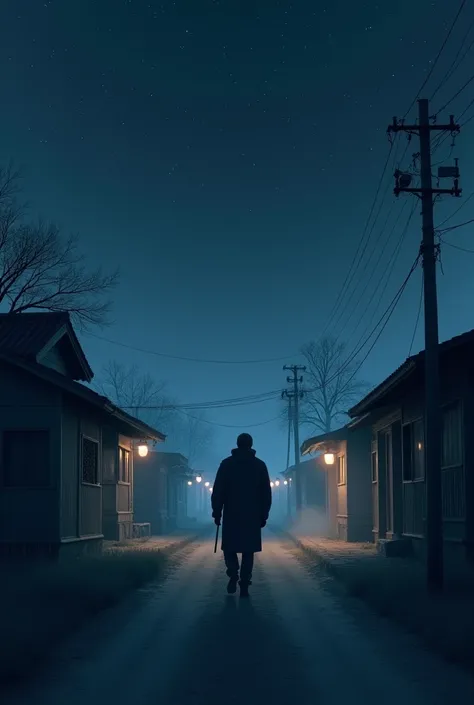
The occurrence of polar night is caused by Earth’s axial tilt of approximately 23.5 degrees, which positions the Arctic region in continuous shadow during the northern hemisphere winter. NASA explains that as the Earth orbits the Sun, the tilt prevents sunlight from reaching areas above the Arctic Circle for extended periods (NASA Earth Observatory, 2022). This same mechanism produces the opposite phenomenon in summer—known as the midnight sun—when Utqiaġvik experiences over 80 consecutive days of constant daylight.
Utqiaġvik is the northernmost city in the United States, and its unique solar patterns have made it a focus of scientific research in fields ranging from atmospheric studies to human health. Medical experts have examined the effects of prolonged darkness on well-being, particularly the potential link to Seasonal Affective Disorder (SAD), a depressive condition influenced by reduced exposure to natural light. The Mayo Clinic (2024) and National Institute of Mental Health (NIMH) note that while SAD involves multiple contributing factors, limited daylight can disrupt circadian rhythms and melatonin levels, increasing vulnerability in some individuals.
Despite these challenges, residents of Utqiaġvik are accustomed to the seasonal rhythm and have developed cultural and practical adaptations, including community activities, artificial light strategies, and winter traditions that celebrate resilience in one of the most extreme inhabited environments on the planet. The polar night remains both a scientific point of interest and a defining feature of life at the top of the United States.
News in the same category


Closing Prisons, Strengthening Communities: The Netherlands’ Remarkable Shift

The Quiet Billionaire: How Epic Systems’ Founder Is Donating Nearly All Her Wealth

A Remarkable Encounter: How a Sparrow’s Nest Was Left Standing Amid 200 Fallen Plants

Innovative Mobility: Denmark’s Mobile Markets Enhancing Food Access for Seniors

Revolutionary Miniature Implant Offers New Hope for Restoring Vision in Macular Degeneration Patients

A Simple Superfood That Enhances Your Baby's Brain Development During Pregnancy
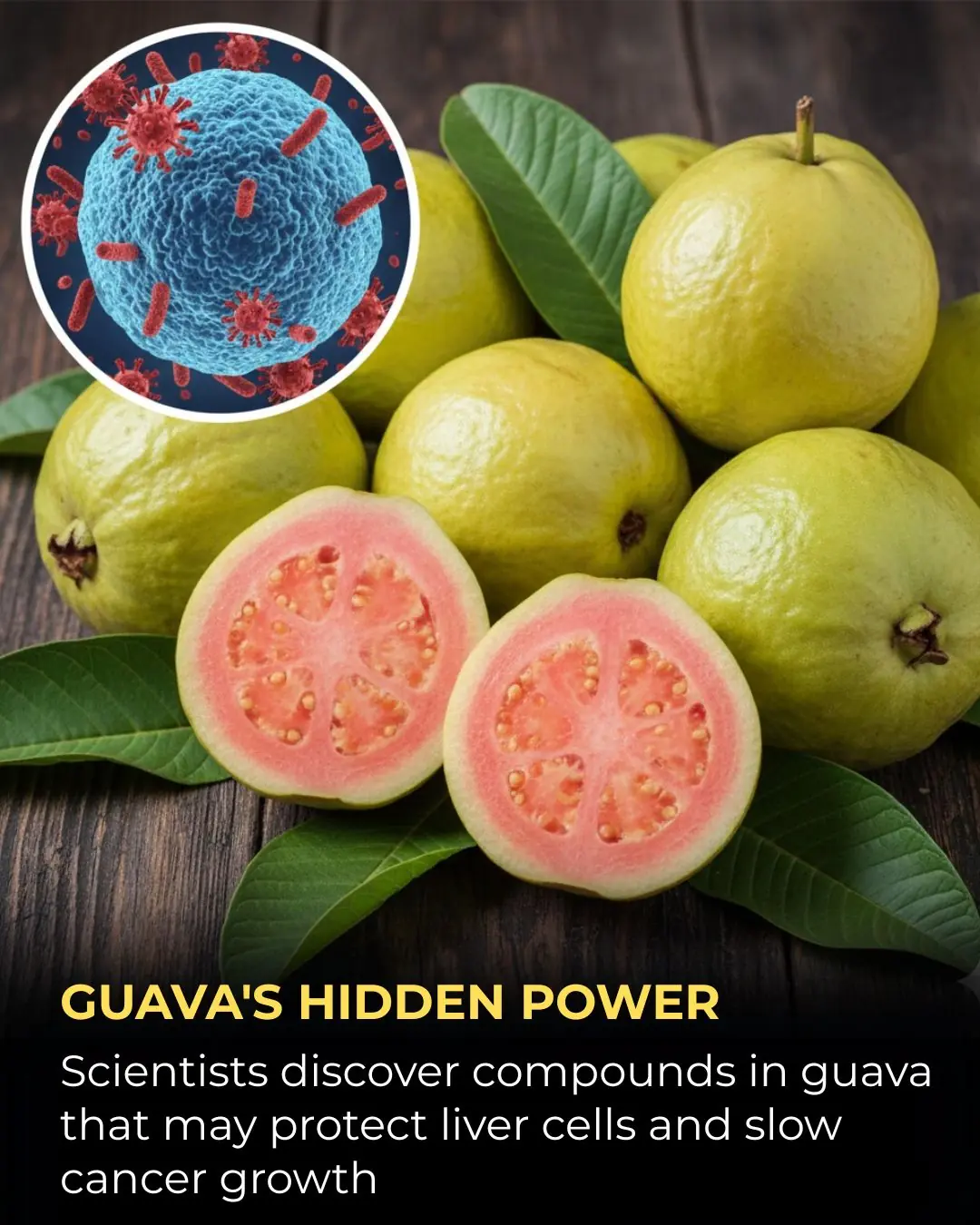
Nature’s Defense: How Guava May Support Liver Health and Fight Cancer Cells

The Powerful Role of Eggs in Supporting Early Memory and Learning in Babies

📱 The End of Wallet Clutter: Apple’s Digital ID Revolutionizes Identity Verification and Travel

Lighting the World Without Batteries: A Teen’s Breakthrough in Thermoelectric Innovation

Judy Faulkner: The Billionaire Tech Entrepreneur Pledging 99% of Her Fortune to Philanthropy

🤝 The Collaborative AI Future: OpenAI Launches WhatsApp-Like Group Chats in ChatGPT

Unlocking Nature’s Medicine: How Fermented Stevia Could Transform Future Cancer Treatment

True Devotion in Fatherhood: The Power of Showing Up, No Matter the Circumstances
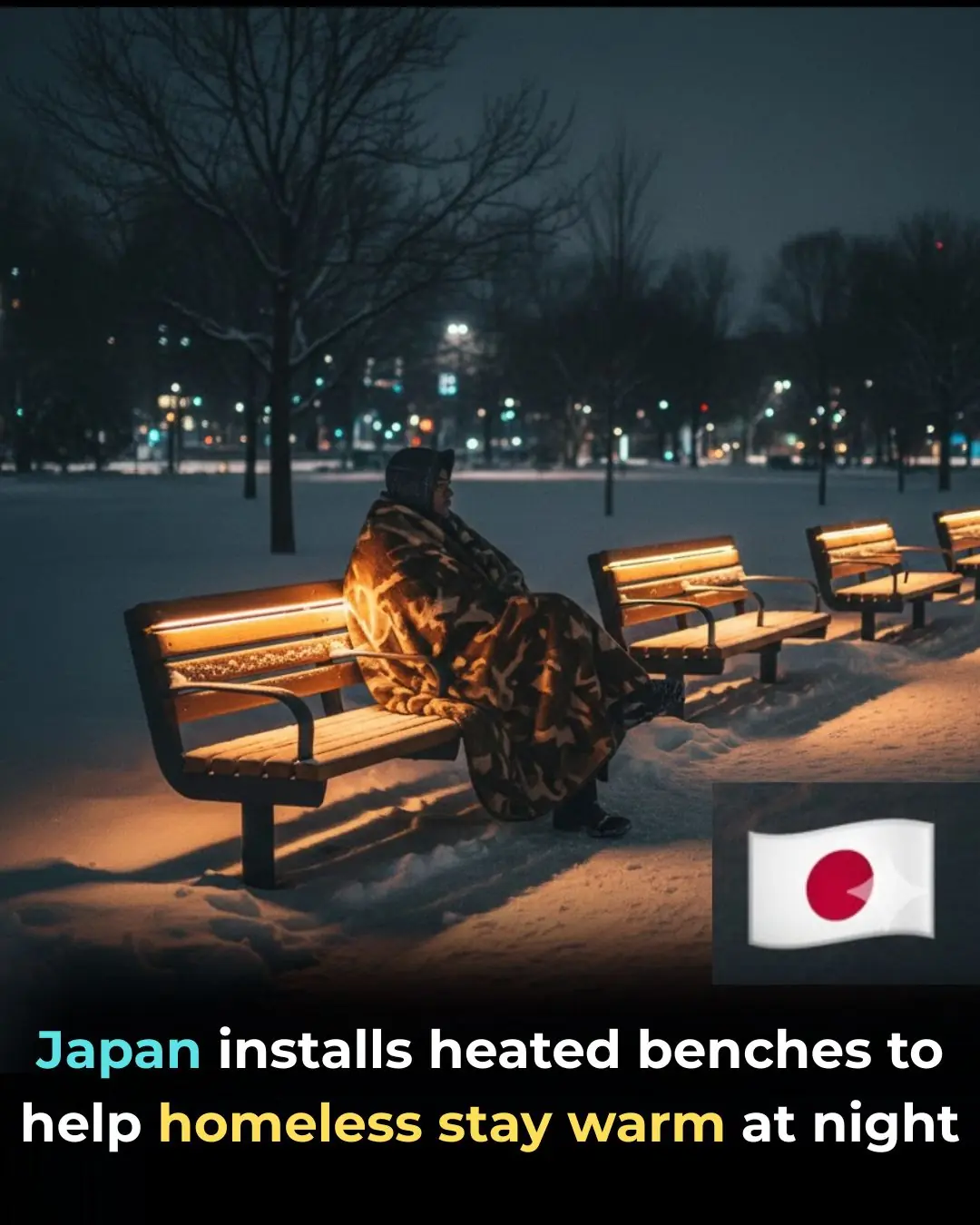
🇯🇵 Innovation with Compassion: Japan's Heated Benches Offer a Practical Solution to Protect the Homeless

🔦 Stepping into the Upside Down: How Netflix is Revolutionizing Fan Engagement with Immersive Stranger Things Experiences in London

Historic Transcontinental Robotic Surgery: Doctor in Rome Performs Live Surgery on Patient in Beijing
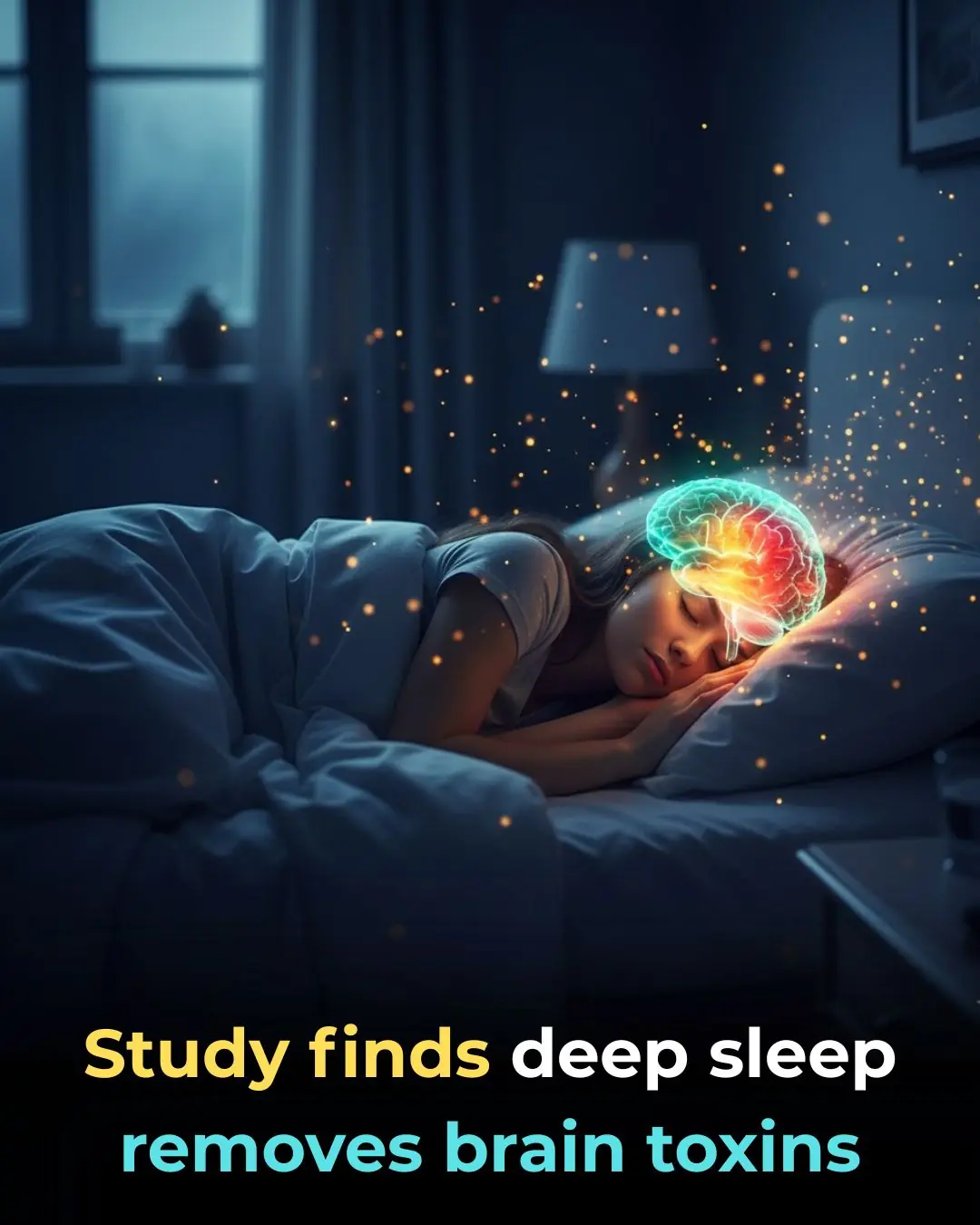
🧠 The Nocturnal Rinsing Cycle: Deep Sleep, CSF Dynamics, and the Fight Against Alzheimer's
News Post

From Endangerment to Recovery: The Remarkable Journey of the Haleakalā Silversword

Closing Prisons, Strengthening Communities: The Netherlands’ Remarkable Shift

The Quiet Billionaire: How Epic Systems’ Founder Is Donating Nearly All Her Wealth

A Remarkable Encounter: How a Sparrow’s Nest Was Left Standing Amid 200 Fallen Plants

Innovative Mobility: Denmark’s Mobile Markets Enhancing Food Access for Seniors

Unlock Radiant Skin: The Ultimate Guide to Using Beetroot Gel for Glowing, Spotless Skin

Fenugreek Seeds for Hair Growth: The Power of Fenugreek Hair Rinse and Its Benefits for Hair

Japanese Milk Wax To Get Rid Of Unwanted Facial Hair
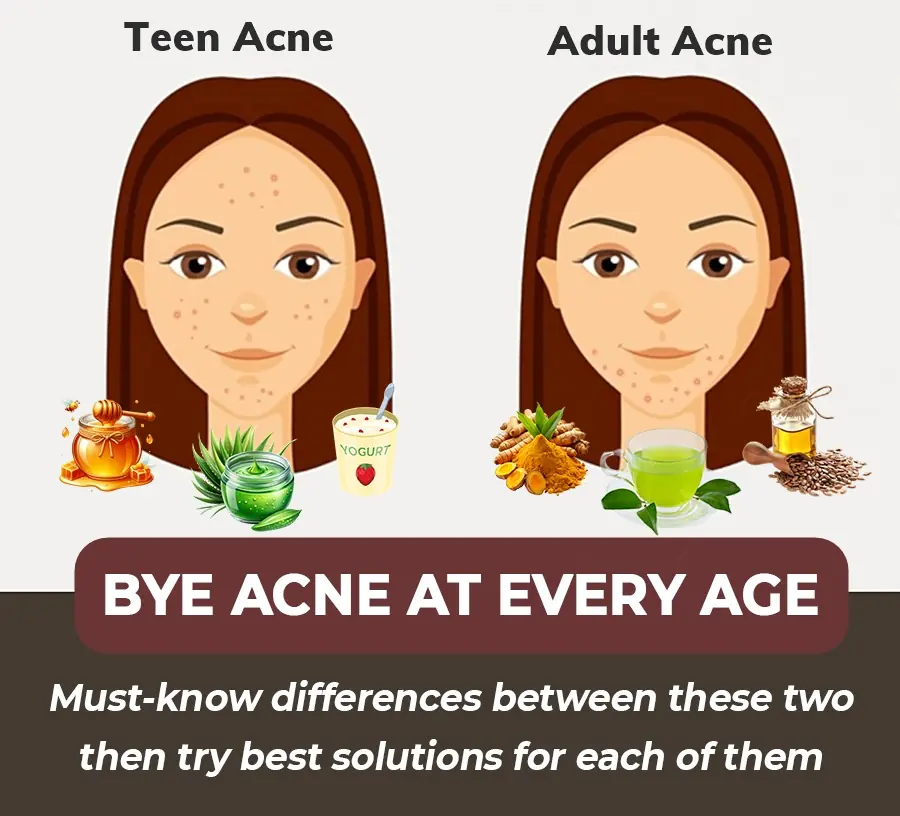
When Will I Outgrow My Acne? The Difference Between Adult and Teen Acne

5 Mascara Tips For Short Lashes

LEVEL UP YOUR LASH GAME: Top 5 Tips for Eyelash Extension Success!
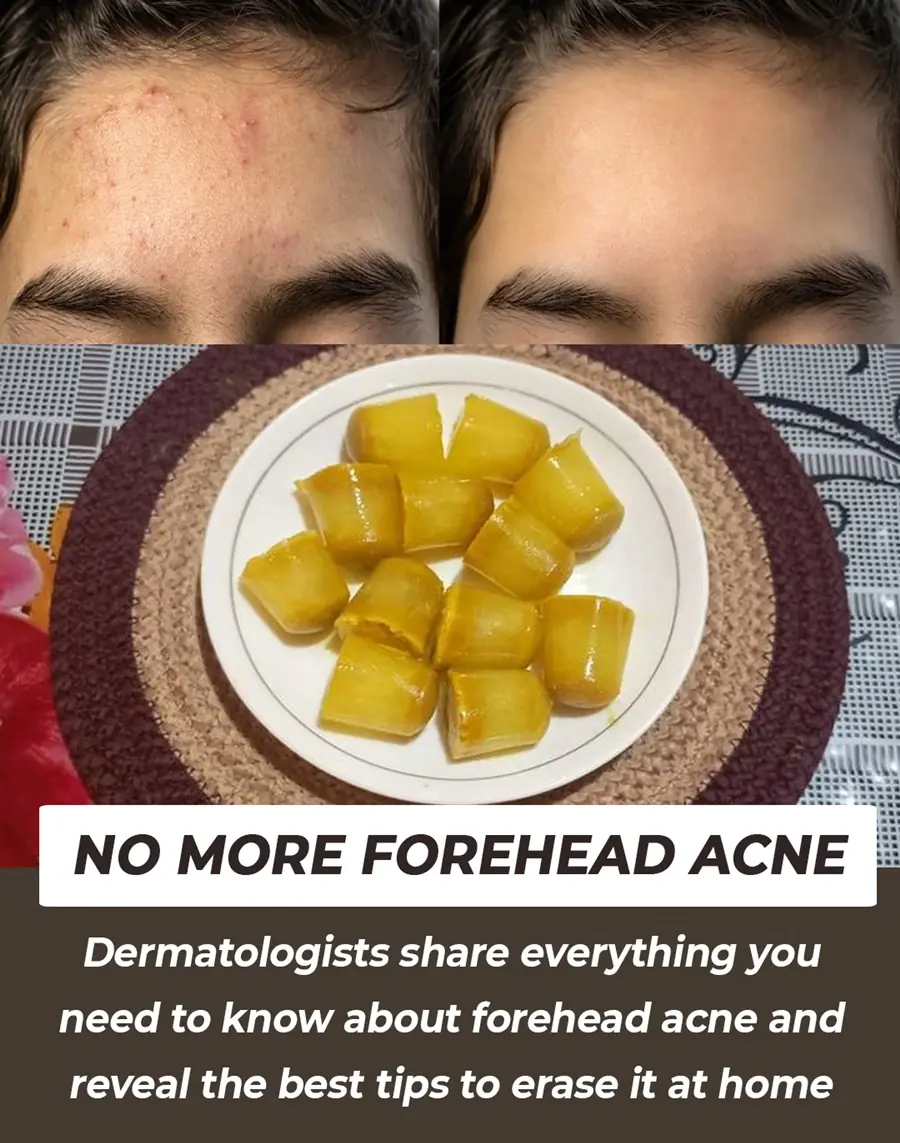
Forehead Acne and What to Do About It

11 Common Eyebrow Mistakes Women Make in Their 60s (And How to Fix Them!)

How to Prevent and Treat Age Spots: Expert Tips for Radiant Skin

5 Ways Your Skin Changes as You Age and How to Keep It Vibrant

DIY Fenugreek Oil for Hair Growth – Get Thick Hair

Brow Boosting Serum: The Natural Way to Achieve Full, Thick Eyebrows

Why You Should Be Putting Salt in Your Toilet
